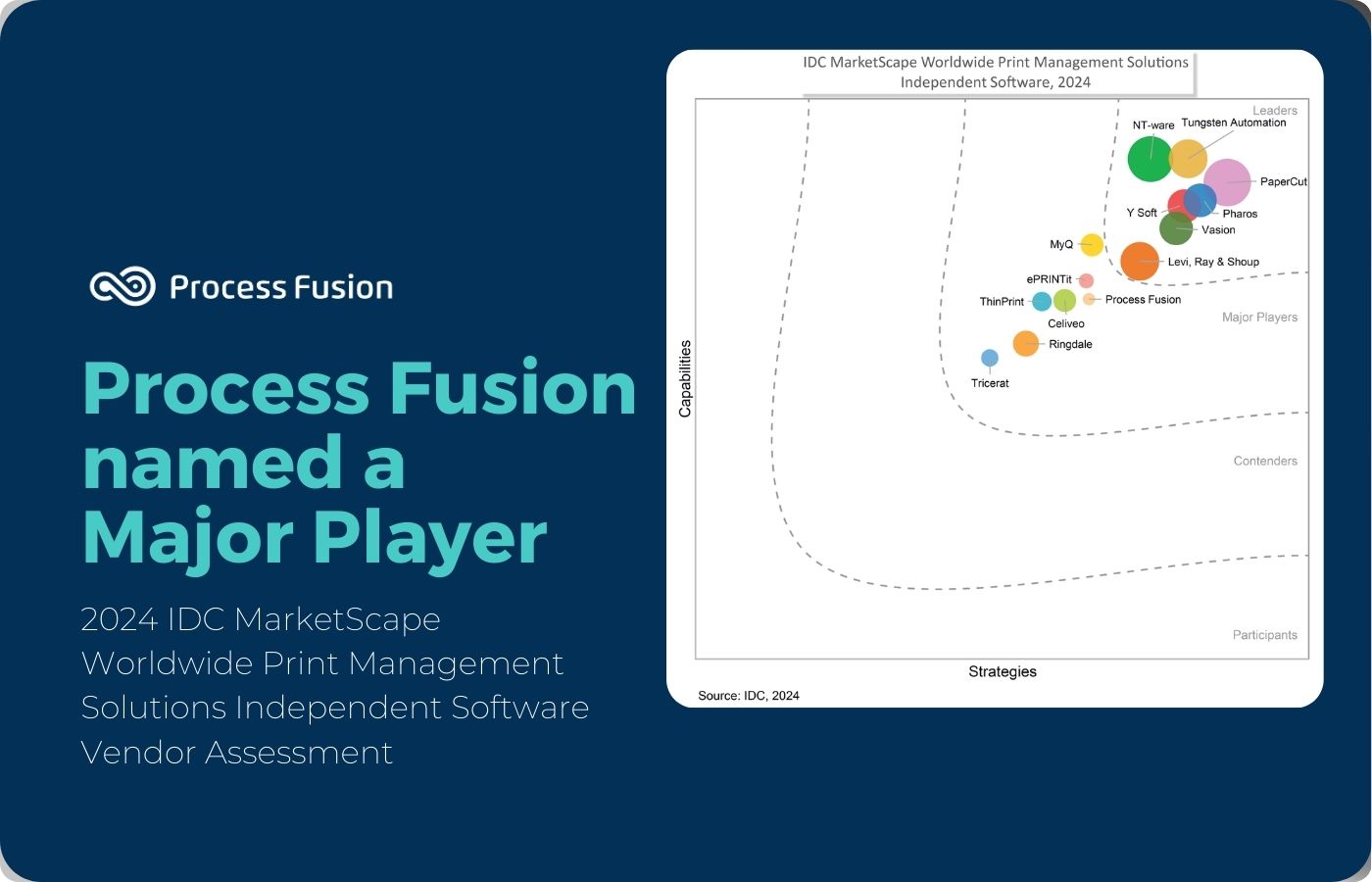
Work is no longer confined to a physical office space with a fixed schedule and a long commute. In 2023, the landscape of remote work has undergone a dramatic shift, witnessing an increasing number of professionals embracing this flexible work arrangement. Thanks to the power of technology, work has experienced a remarkable transformation.
Advanced collaboration tools, cloud computing, and virtual meeting platforms have revolutionized communication and teamwork, transcending geographical barriers. Productivity-enhancing technologies, such as document management tools and automation solutions, have empowered remote workers to streamline workflows and maximize efficiency.
With these technologies addressing different pain points, we can now collaborate in real-time with colleagues and contributors from around the globe, all while rocking our favorite pyjamas.
Managed IT Services
Managed IT Services play a crucial role in supporting remote work and collaboration by ensuring a seamless and secure virtual work environment. With expertise in network management, cybersecurity, data backup, and technical support, Managed IT Services act as invisible guardians, safeguarding remote workers from disruptions and threats. They offer remote monitoring, troubleshooting, and maintenance, ensuring uninterrupted access to critical systems.
By setting up secure remote access and implementing robust security measures, they protect sensitive data. With the reliability and performance of IT infrastructure enhanced, remote workers can collaborate seamlessly, regardless of location. Managed IT Services alleviate the burden of technology management, allowing remote workers to focus on their tasks.
Remote teams can trust Managed IT Services to provide the necessary technological backbone, ensuring a secure and efficient remote work experience.
Automation
Automation offers IT teams critical technical support that alleviates their workloads and enables them to execute more complex work. Remote workers can easily eliminate or minimize time-consuming tasks, such as data entry and document management. This not only minimizes the risk of human error but also accelerates workflows, ensuring consistent and accurate results even in remote work environments where collaboration may be limited. Automation empowers remote workers to achieve more in less time, maximizing their productivity and contributing to the overall success of remote work initiatives.
Communication Tools
Barriers Effective communication forms the cornerstone of remote work success. Fortunately, technology offers a range of communication tools that bridge the gap between remote team members. Instant messaging platforms, video conferencing software, and project management tools facilitate real-time collaboration, ensuring seamless communication across geographically dispersed teams. These tools empower remote workers to connect, brainstorm ideas, and foster a sense of camaraderie, even from the comfort of their homes.
Cloud Computing
With the advent of cloud computing, remote work has transcended the boundaries of physical locations. Cloud-based solutions make it possible for remote workers to store information, access it, and collaborate from any location and on any device. This technology eliminates the need for clunky hardware and enables real-time collaboration, where team members can simultaneously edit, comment, and contribute to projects.
Companies need to look more closely at the cloud services they should invest in if they plan to continue remote work approaches in the long run. In order to work remotely, companies should give employees access to corporate resources through cloud technologies. Meanwhile, in order to sustain remote work effectively, companies should prioritize spending on critical areas such as cloud security and governance tools, virtual desktop infrastructure (VDI), and other key solutions that can securely accommodate their remote workforce.
Printing Solutions
While remote work primarily operates in the digital realm, there are instances where physical documents are still necessary. To bridge this gap, technology has provided an innovative cloud printing solution, enabling remote workers to securely send print jobs to designated printers from any location and allowing centralized printing management.
The demand for a dynamic workplace in today’s competitive job market has led to an increase in the popularity of remote work among potential employees. Organizations should embrace technology and improve remote work capabilities instead of resisting change. The adoption of cutting-edge technology, such as cloud computing, automation, communication platforms, and cloud printing solution completely transformed how we work and interact, eliminating distance obstacles and increasing productivity. It has been crucial in accelerating the digital transformation of work processes and empowering the remote worker.






